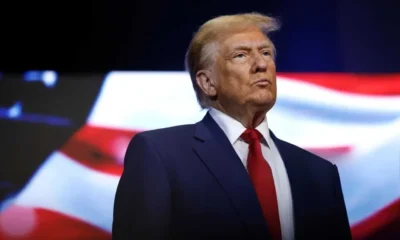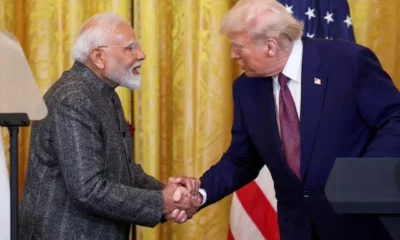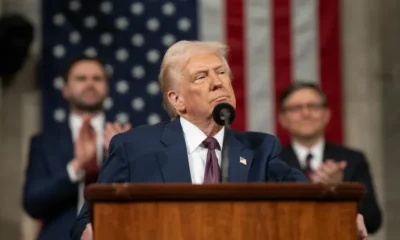India News
Indian markets in meltdown as Trump slaps tariffs on global trade, Rs 20 lakh crore wiped off in seconds
Sensex and Nifty nosedived as Trump’s tariffs trigger global panic. Over ₹20 lakh crore wiped out in seconds, exposing India’s financial fragility.
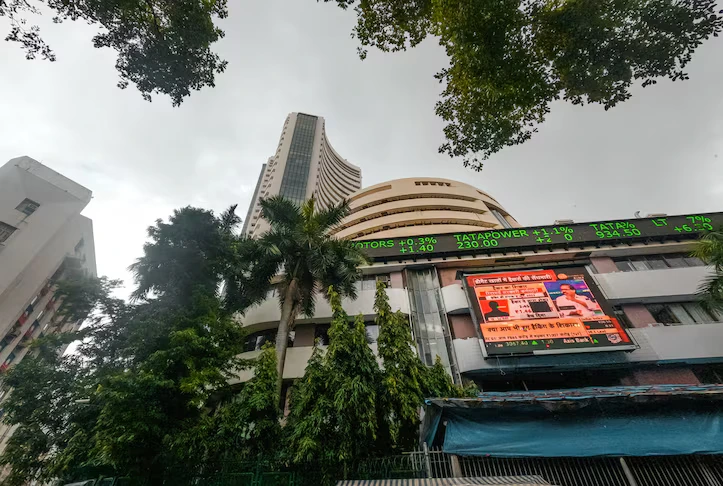
India News
Veer Bal Diwas reflects courage, conviction and righteousness, Says PM Modi
PM Modi on Friday paid tribute to the Sahibzades on Veer Bal Diwas, calling it a day of courage, conviction and righteousness.
India News
Delhi air quality improves slightly but stays in poor category
Delhi’s air quality improved slightly on Friday with the AQI falling to the poor category, though many areas continue to record very poor pollution levels.
India News
Train fares increased from December 26: check revised ticket prices across classes
Indian Railways has increased long-distance train fares from December 26, with higher ticket prices for mail, express, sleeper and select ordinary classes.
-
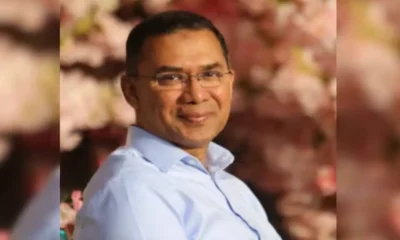
 Latest world news22 hours ago
Latest world news22 hours agoTarique Rahman returns to Dhaka after 17 years, massive crowd greets BNP leader
-
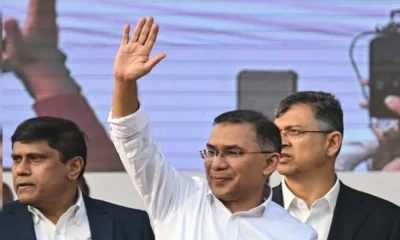
 Latest world news19 hours ago
Latest world news19 hours agoKhaleda son Tarique Rahman arrives to rapturous welcome in Bangladesh
-
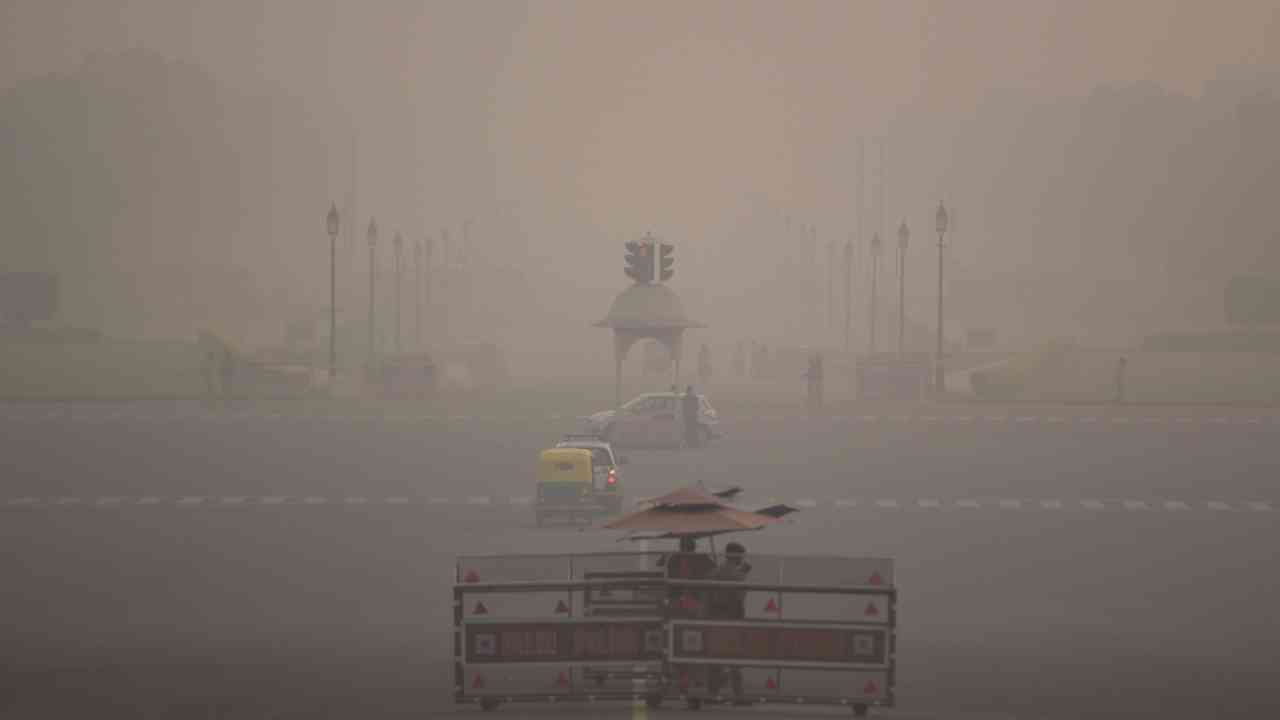
 India News3 hours ago
India News3 hours agoDelhi air quality improves slightly but stays in poor category
-

 India News3 hours ago
India News3 hours agoTrain fares increased from December 26: check revised ticket prices across classes
-
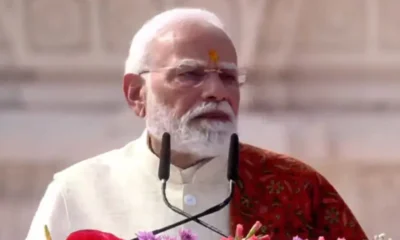
 India News56 mins ago
India News56 mins agoVeer Bal Diwas reflects courage, conviction and righteousness, Says PM Modi



